Up Next

The evaluation of Lance Stroll as a grand prix driver has always been clouded by the circumstances of him being on the grid – but it’s only fair to judge him by what he has done.
When he graduated to Formula 1 with Williams in 2017 he owed his seat to the backing he brought but did have a worthy track record having won the European Formula 3 crown, as well as Italian F4 and the Toyota Racing Series.

He moved to Racing Point after a consortium led by father Lawrence Stroll bought it, with the doublespeak used by his team when it comes to drivers recently further complicating matters.
As is the way with the polarising prism of social media, in many cases this seems to boil down to those who argue he merits no place in F1 and those who say he has conclusively proved himself to be the stronger Racing Point driver. Neither is a fair or accurate reflection.
We now know he will continue at Racing Point next year with Sergio Perez on the way out and Sebastian Vettel joining him as team-mate. To understand how he might fare against Vettel, and the strength of the case he really made to stay on in 2021, we need to look at his performances in more detail.
Qualifying
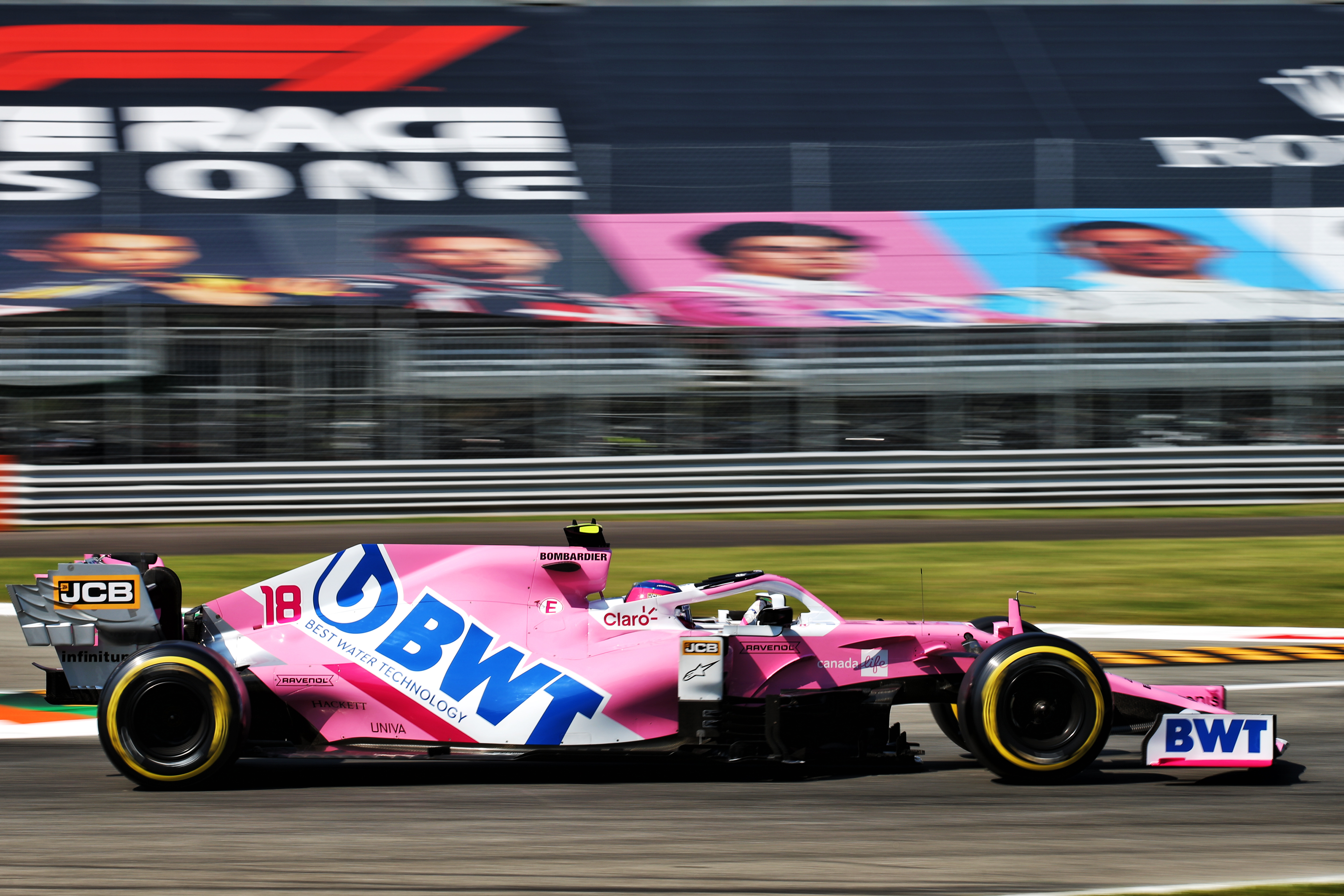 This has always been the key weakness for Stroll and it’s an important one in modern F1 given qualifying so often defines your potential for the race. He has improved a little in this area in 2020, which is encouraging, but still has a way to go to rank among the strongest group of qualifying performers.
This has always been the key weakness for Stroll and it’s an important one in modern F1 given qualifying so often defines your potential for the race. He has improved a little in this area in 2020, which is encouraging, but still has a way to go to rank among the strongest group of qualifying performers.
In nine qualifying sessions during 2020, he has outqualified his team-mate on only three occasions. Setting aside his two races alongside Hulkenberg at Silverstone, where the score was level, he’s only beaten Perez once in dry conditions on Saturday. This was in Hungary, where Perez was feeling ill.
Perez is a good but not outstanding qualifier so while there is no disgrace in being consistently behind him and by a slender average of just under a tenth of a second – an improvement on last year – it’s not the mark of a superstar.
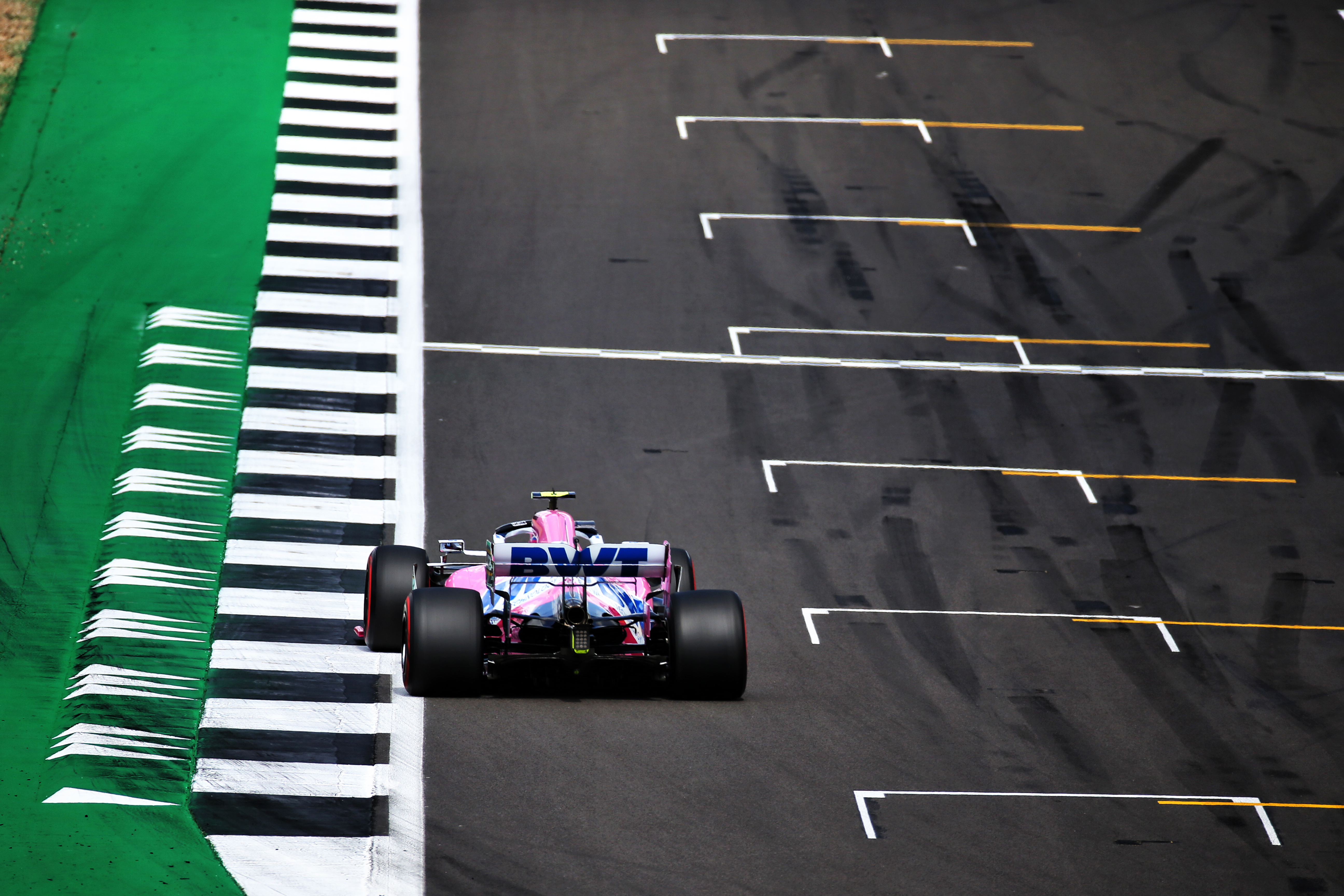
The problem is largely one of execution rather than fundamentally one of speed. Mugello was a good example of this as, while he lost his second run to the yellow flags triggered by Esteban Ocon, his first was scruffy and allowed Perez, in the older-spec Racing Point the team put at two-to-three tenths slower, to shade him.
But for all that, he has raised what might be called the ‘basement’ level of his qualifying performances. He’s been in Q3 every weekend save for Styria, where the Racing Point didn’t work in the wet. Stroll beat Perez there in the wet conditions he has often excelled in, stretching all the way back to his brilliant qualifying performance at Monza in 2017.

But being in Q3 in what’s on average the third-fastest car is not a stunning achievement and if he’s to elevate himself beyond the tier of what might be called solid qualifiers he needs to continue to chip away. Too often he doesn’t quite put it together and appears to over-drive and make small, time-sapping mistakes.
How he will fare against Vettel depends on which version turns up. In a car with the kind of rear end Vettel likes that allows him to turn in with confidence, it’s difficult to see Stroll having a chance. But if the car characteristics don’t suit Vettel, there’s every possibility Stroll could compare much better.
Race performances
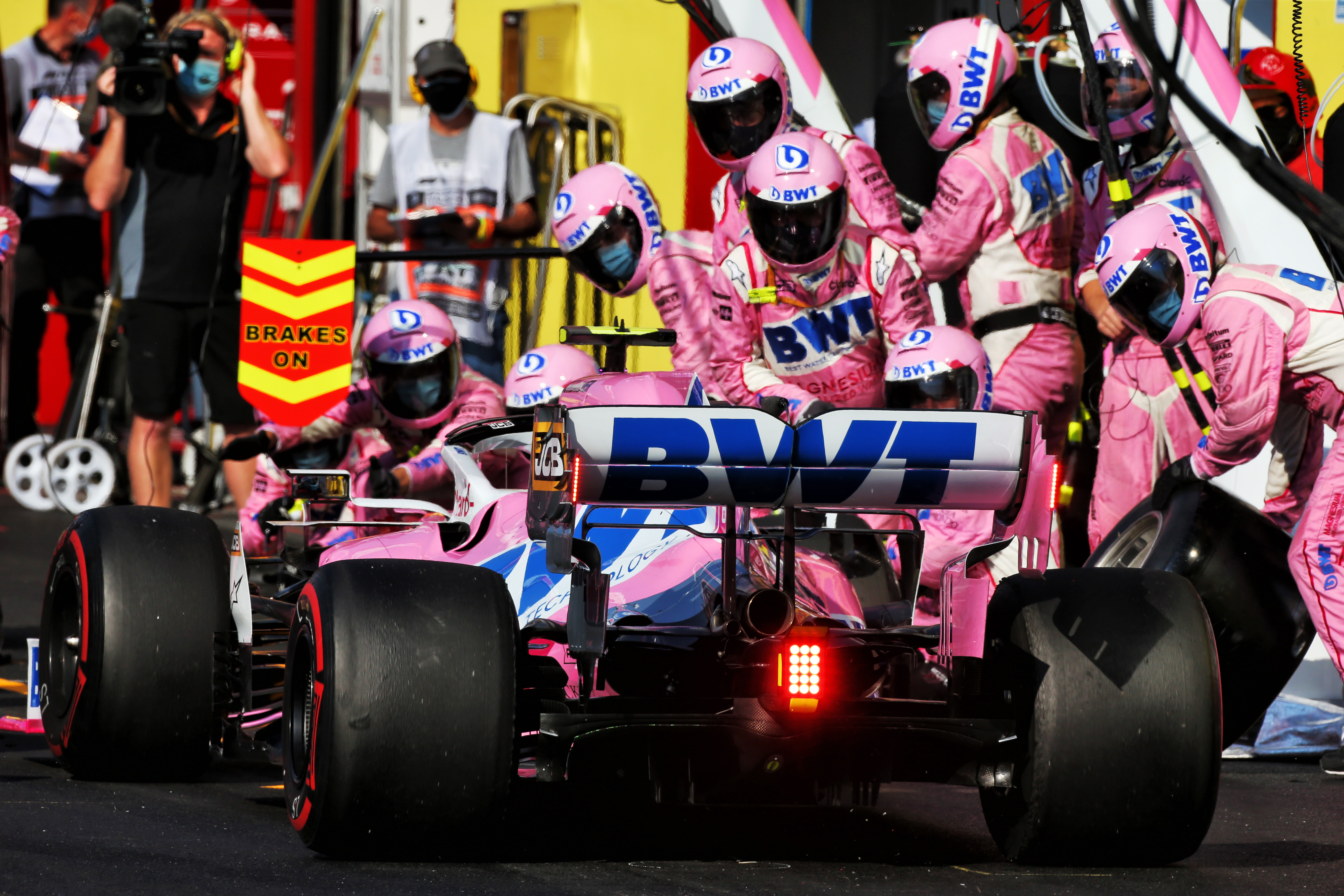 Stroll is currently sixth in the world championship, has finished in the top nine on seven occasions and only failed to score in the two races where he retired through no fault of his own, and has a podium to his name. That’s a good return by any measure.
Stroll is currently sixth in the world championship, has finished in the top nine on seven occasions and only failed to score in the two races where he retired through no fault of his own, and has a podium to his name. That’s a good return by any measure.
But race results are always prone to more distortions than qualifying results and although the Racing Point has sometimes proved to be a stronger qualifying than race car, his races have been a mixed bag.
Monza is both the highlight and the lowlight. While he claimed his second podium finish in F1, as Stroll himself admitted it was a missed opportunity given he was the biggest beneficiary of the red flag. The disappointing getaway was one problem but the off at the second chicane compound the error and a shot at victory was turned into third place. It also distorted the weekend picture given Perez was running fourth and Stroll eighth before external factors swapped them round.
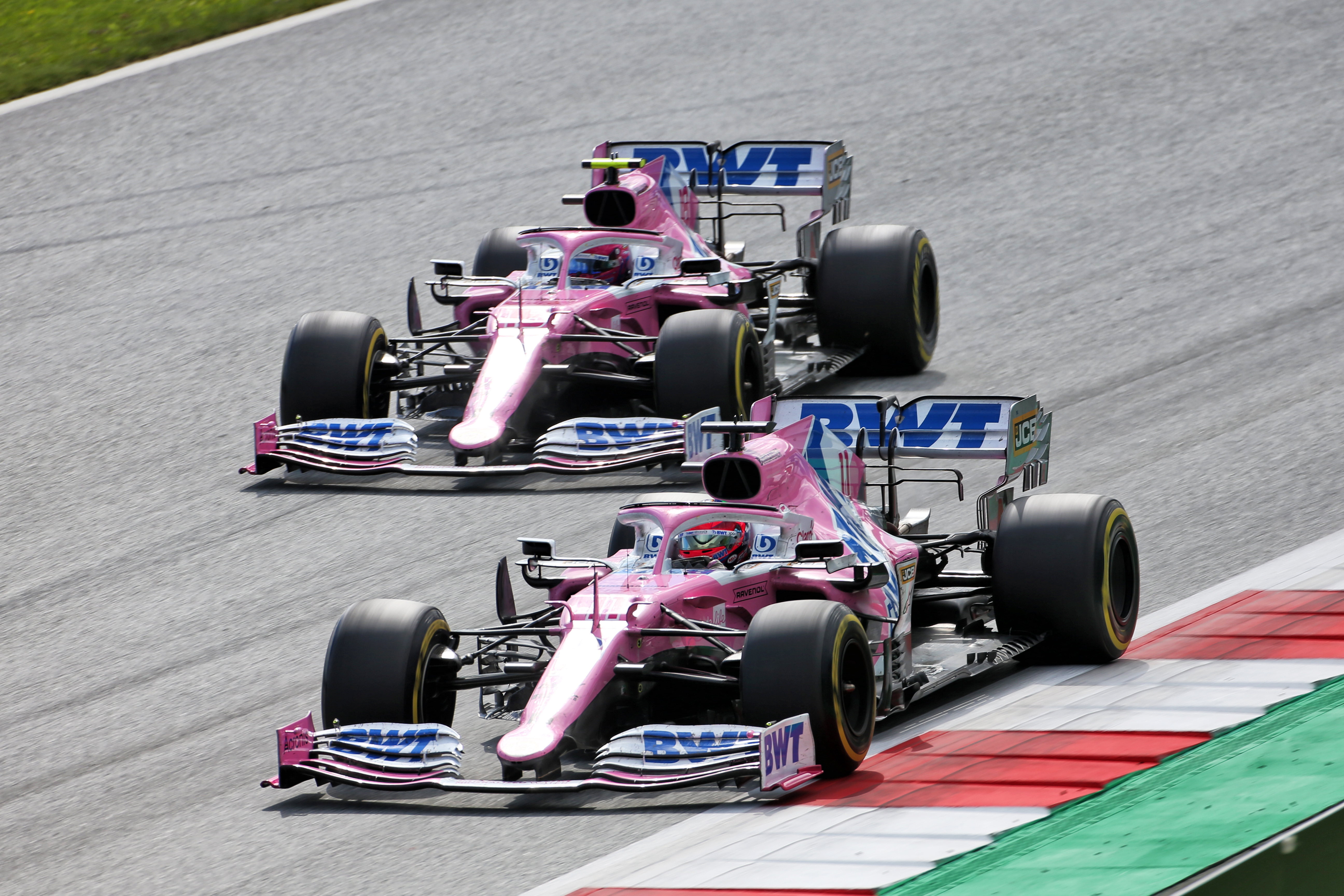
There have been five races where both Stroll and Perez have finished, with Stroll ahead on four occasions. That picture is muddied a little when you factor in the Monza swap and the fact that Spa was distorted by strategy and the safety car. Of those five races there are actually only two – Hungary and Spain – where you can say conclusively that Stroll’s race performance was the stronger. In Spain, while Stroll finished behind on the road and was promoted thanks to a blue flag penalty for Perez, he was ahead in the first stint fair and square, and dropped behind thanks to making an extra pitstop so there is no asterisk against that one.
Stroll had Perez emphatically beaten in the race at Mugello, having been promoted to start ahead of him by a grid penalty – but that was in the newer-specification car so isn’t the most fair battle. So again, Stroll’s race-day record is decent but has perhaps been slightly flattered overall.
The biggest question mark hanging over Stroll in races is one that Mugello might have helped answer. While he has a history of some incisive first laps, his races often lack the gamechanging moments where he turns a good, solid position into a better one.
Styria was an example of this, where Perez charged through from behind him on the grid and was a podium threat before clipping Alex Albon late on while Stroll got stuck behind Daniel Ricciardo for much of the race before launching a cack-handed move at Turn 3.
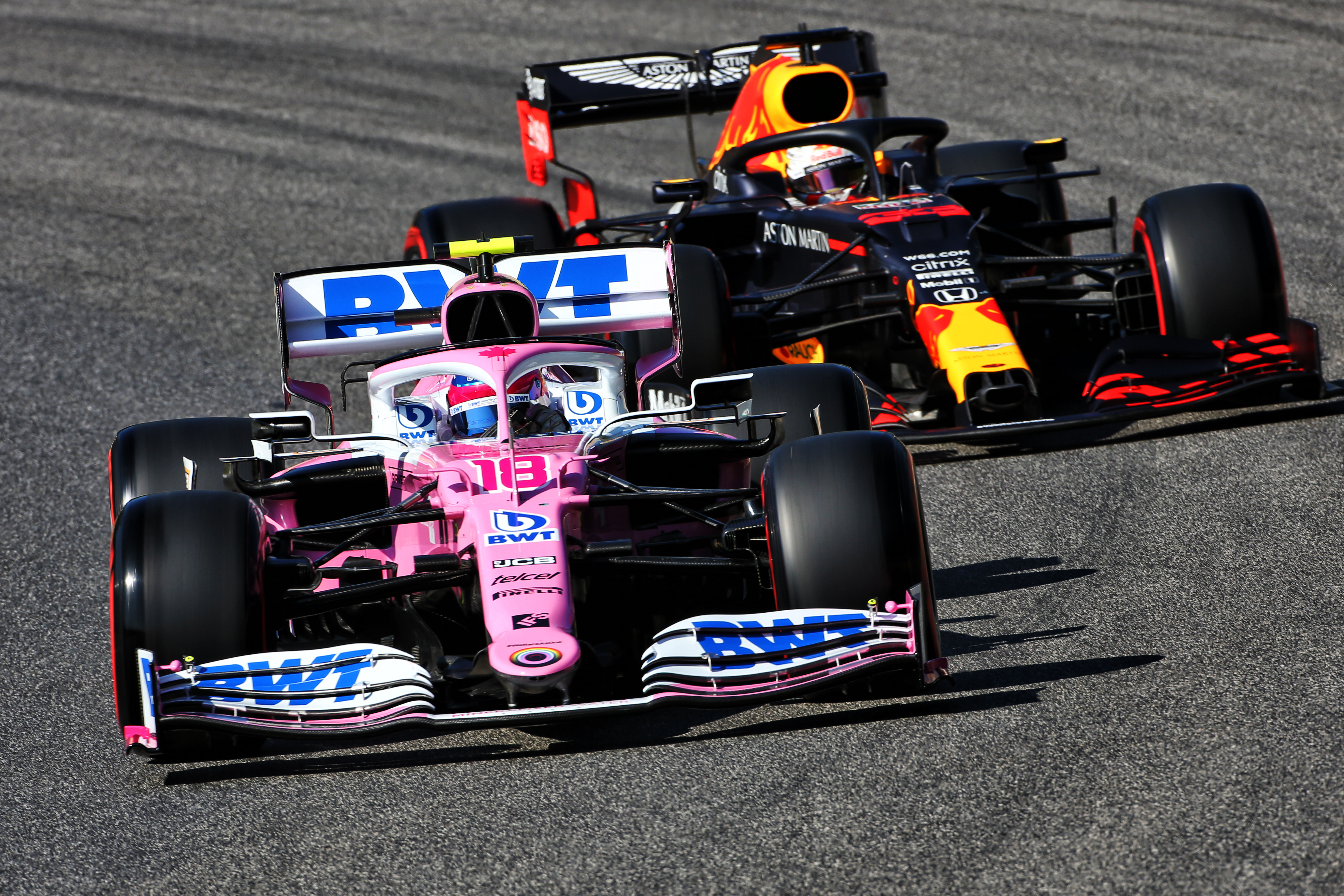
At Mugello, Stroll was doing a good job and in the thick of the fight for third, fourth and fifth with Daniel Ricciardo and Alex Albon. With the failure, suspected to be a puncture but whatever the cause clearly not his fault, he didn’t have the chance to show he could make the difference.
Again, Stroll is a decent performer on race day but he has not shown himself to be stronger than Perez, who has a long record of delivering on Sunday afternoons. Against Vettel, he has the advantage of not having anywhere near the number of mistakes but whether he has the ability to dig deep and execute a race that’s outstanding rather than solid-to-good is another question.
Potential
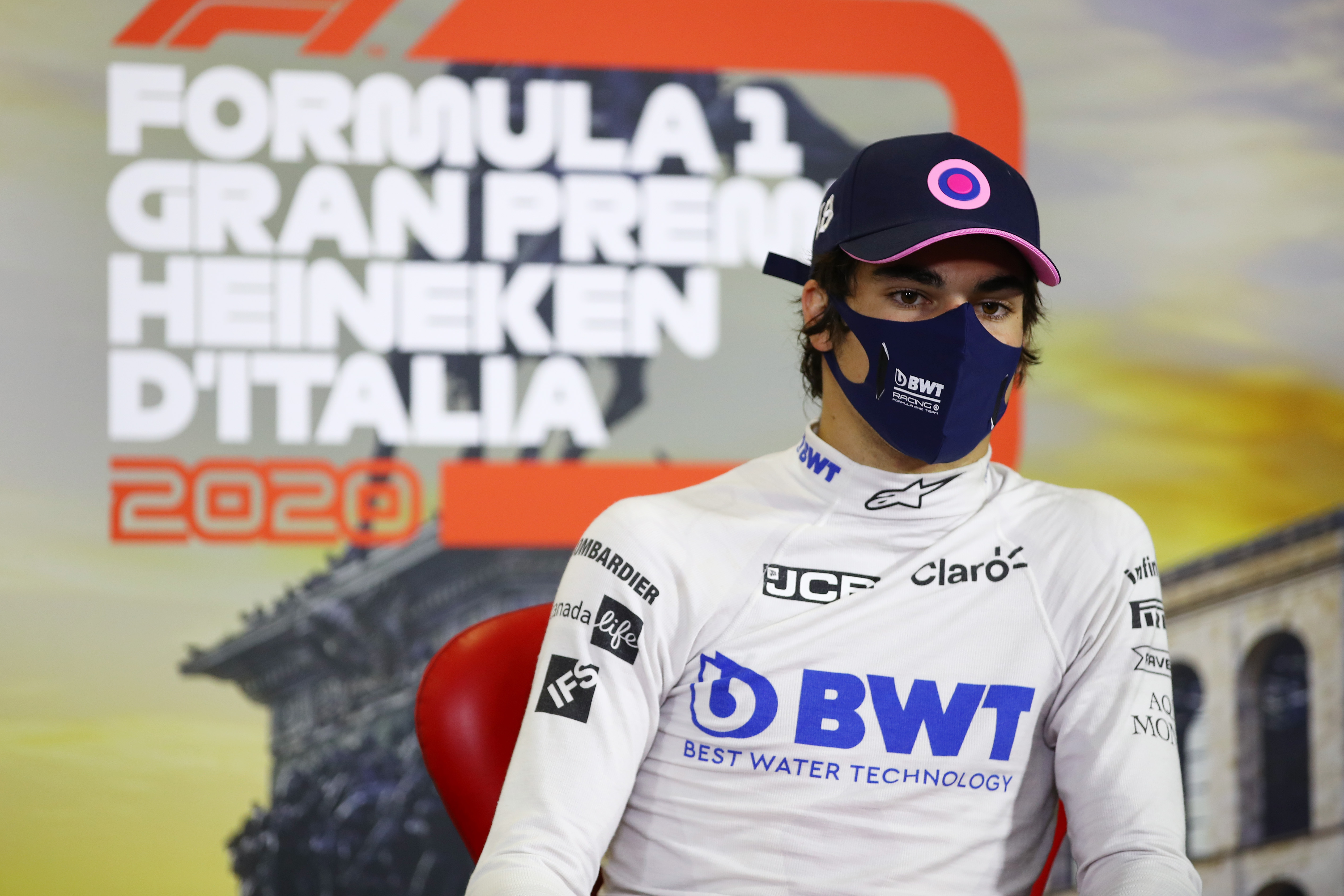 Stroll is one month short of his 22nd birthday so it stands to reason that there is still greater upside to him then there is for either Perez or Vettel, who are both in their 30s.
Stroll is one month short of his 22nd birthday so it stands to reason that there is still greater upside to him then there is for either Perez or Vettel, who are both in their 30s.
But he is in his fourth season of F1 and the suggestion he’s had no chance in his previous three seasons is overly-generous. He made his debut with fifth-best Williams and last year’s Racing Point was taken to second in the unofficial ‘Class B’ championship by Sergio Perez, so he has had a platform to build on.
What is clear is there’s a driver with more potential in there. The big question is whether he has the determination, the dedication and the desire to exploit it to the maximum. He doesn’t often come over as a driver with the ultimate devotion to his craft and leaving no stone unturned – and that’s the big question with Stroll, how much he really wants to be there and the lengths he’s willing to go to in order to become the best possible version of himself on track.
Specifically, in qualifying trim in particular, the fine detail work needed to master the car on corner entry could be the key to unlocking further performance. Often, he’s working a little too hard at the wheel and if Stroll can be more at one with the car, pace will grow.
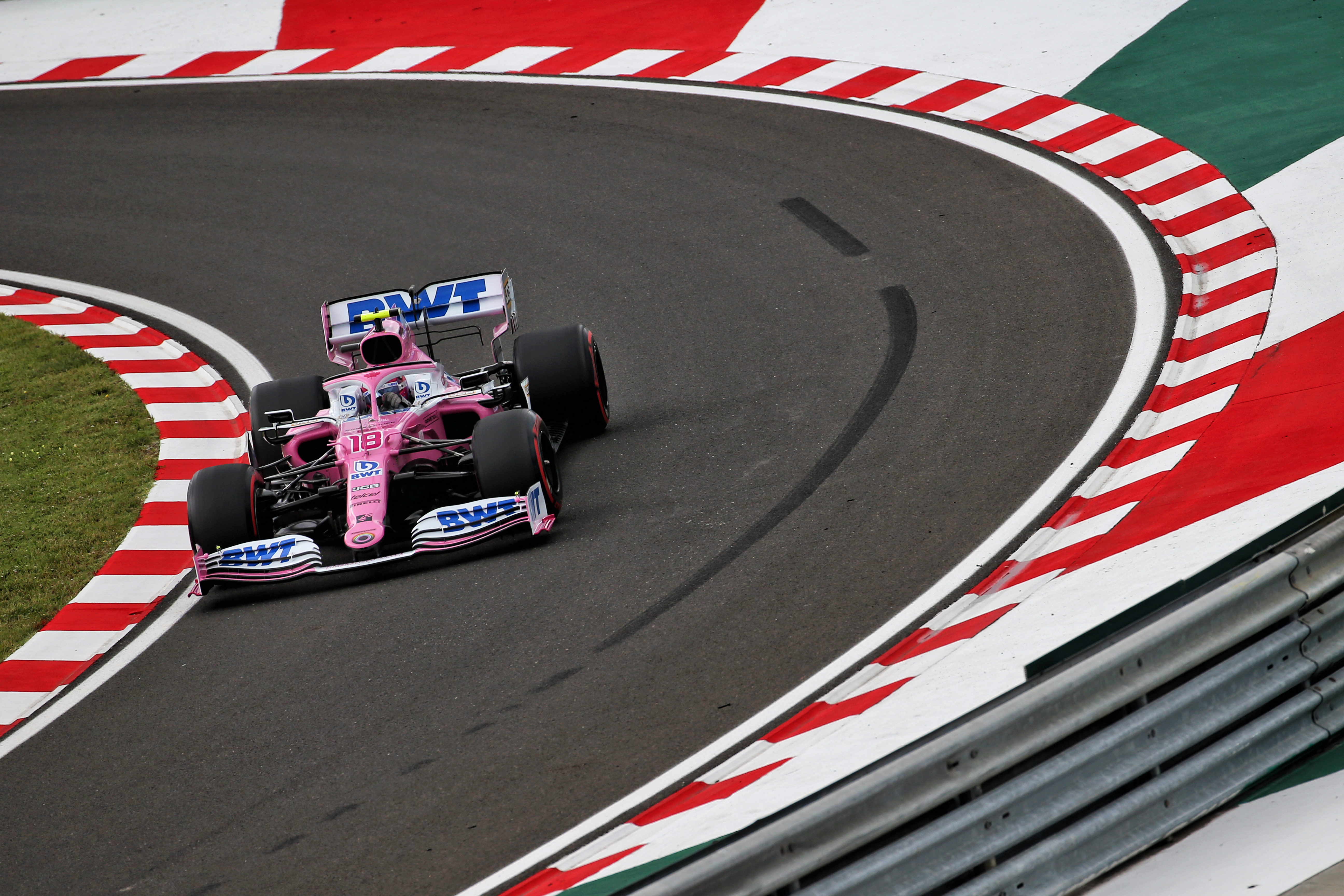
If he has that desperation to succeed that characterises true winners in sport, then he will be able to dig deep and continue to build on the potential that is there. If not, then he has shown himself to be a worthy grand prix driver – just not one who belongs in the top couple of tiers that a team with Racing Point/Aston Martin’s prospects needs to draw from.
Up against a four-time world champion next year in an upwardly-mobile team capable of good results, he has the chance to answer more of those questions next year and prove whether he’s simply a decent driver or something more than that.





